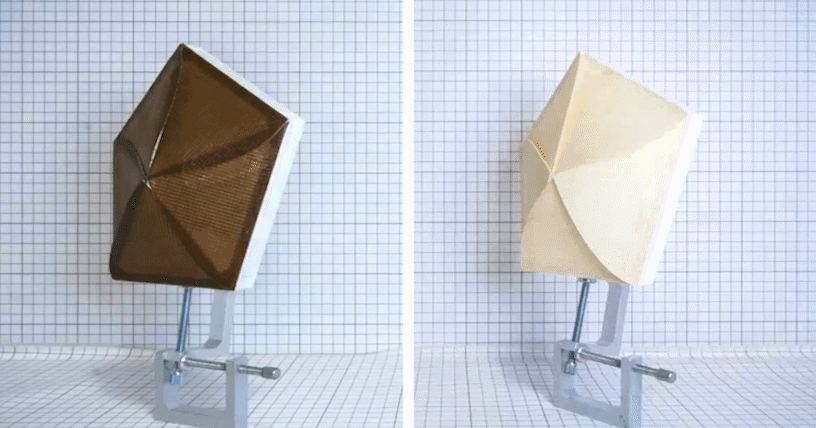Results 1 to 1 of 1
-
12-11-2014, 07:47 AM #1
Incredible Programmable 3D Printed Materials Created
David Correa, Oliver David Krieg, Steffen Reichert ,and Achim Menges use computational design and 3D printing fabrication methods to integrate the elastic and hygroscopic behavior of wood into their architectural structures. The researchers say it's wood’s fibrous structure, relatively low stiffness, and high structural capacity which allows them to create these fascinating, self-forming mechanisms. By programming the materials, they've created a climate responsive architectural system. The complex interactions between the various programmable parameters of the structures let the designers manage a series of four-dimensional articulations, and the result is an architecture with the capacity to sense, actuate, and react to climatic changes. They say their systems represent "a novel conceptual and practical framework for truly programmable environmentally responsive architectural systems." Read more about their methods: http://3dprint.com/30045/bio-architectural-materials/
Below is a gif of the materials in action:







 Reply With Quote
Reply With Quote



Extruder not feeding during print,...
04-24-2024, 01:59 AM in Tips, Tricks and Tech Help